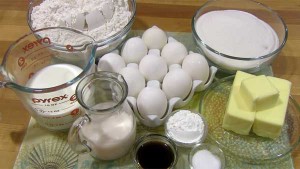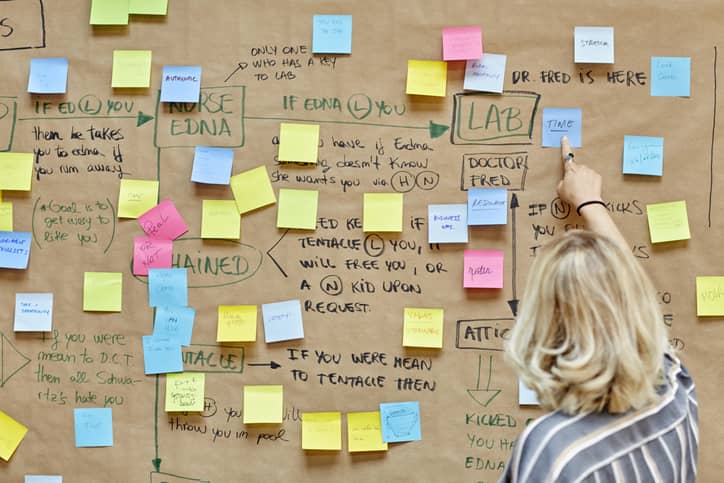When Six Sigma project teams want to understand how different combinations of inputs affect the final product, they use the Design of Experiments (DOE) method.
 DOE pulls apart the variables in a production process and evaluates the contribution that each one makes to the end product. If, for example, the Design of Experiments method were used to examine baking a cake, DOE would include the following three elements.
DOE pulls apart the variables in a production process and evaluates the contribution that each one makes to the end product. If, for example, the Design of Experiments method were used to examine baking a cake, DOE would include the following three elements.
- Factors – These are ingredients or raw materials that go into the process. Factors used to create the cake in this example include heat from the oven, water, sugar, flour, icing and eggs.
- Levels – These consist of the amount of raw materials that are included in each batch. The levels for baking a cake include the amount of ingredients, icing, the cooking time and the temperature of the oven.
- Response – This is how the cake turns out. Design of Experiments looks for a measurable output that results from a combination of factors and their differing levels. The response or output for baking a cake is the way it looks and tastes.
A Design of Experiments takes place in three stages.
Choosing the Factors
Design of Experiments focuses on the factors that have the greatest impact on the final product. When the project team is familiar with a process, its members can identify the factors, or raw materials, in a process with a simple brainstorming session. The DOE method works best when the project team concentrates on no more than six or seven key factors.
Setting the Levels
Once the factors are identified, this mix of raw materials can be modified in each run to determine the impact on the final product. This is also known as “setting the levels.”
Modifying the amount of raw materials used in a run is complicated by the fact that materials are measured differently. When baking a cake some factors are measured objectively in numbers such as degrees of oven temperature and minutes of cooking time. Other factors such as the amount of icing used are measured more subjectively, and must be converted in coded units for comparison.
When a process has more combinations of raw materials – or more levels – it requires more runs to test each of the levels. A project team can save itself time and reduce the number of runs by focusing on a range of interest. The range of interest includes mixes of raw materials or levels that are most likely to occur in the normal course of production. At times, the range will also include levels of raw materials for more extreme scenarios.
Assessing the Response
The response is the outcome of the experiment. It’s the kind of cake you have after it comes out of the oven. The response is most useful when it can be expressed in quantitative terms rather than qualitative ones. A cake ranked as a 7.5 on a ten-point scale is easier to compare to others than one described as being “quite tasty.”
Design of Experiments helps Six Sigma project teams find the mix of raw materials that creates the highest quality product.



